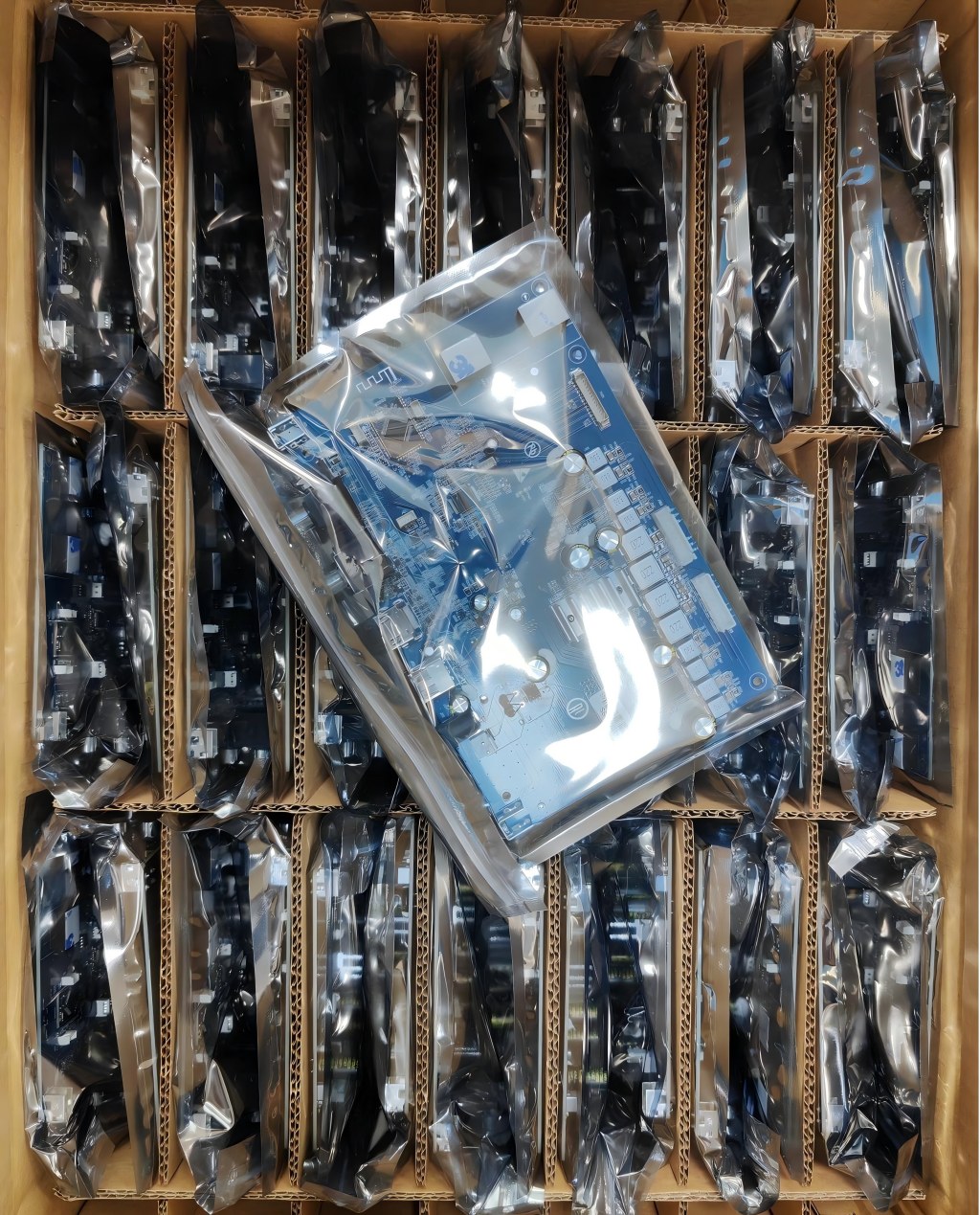As the electronics market continues to expand, PCBA (printed circuit board assembly) packaging methods are becoming increasingly important. During the electronics manufacturing process, PCBA packaging methods play a crucial role in protecting, storing, and transporting products. To ensure that products are delivered to customers safely and intact, choosing the right shipping packaging method is essential. The following is a detailed discussion and analysis of PCBA shipping packaging methods.

Types of PCBA Packaging Methods
1. Vacuum Packaging
Vacuum packaging is a method of placing PCBA products into specially designed plastic bags, then removing the air from the bags through vacuum extraction to isolate the products from the external environment. This is a common PCBA packaging method that effectively prevents PCBA boards from being affected by external factors such as moisture, oxidation, and dust, thereby ensuring the quality and stability of the PCBA boards. It is suitable for PCBA products with high environmental requirements. Additionally, vacuum packaging can reduce packaging volume and lower transportation costs.
2. Sketch Packaging
Sketch packaging involves placing PCBA boards into foam boxes, securing them with foam plugs, and then placing them into cardboard boxes. Sketch packaging offers excellent cushioning performance, effectively preventing PCBA boards from being affected by external factors such as vibrations and collisions during transportation, thereby ensuring the integrity and stability of PCBA boards.
3. Vacuum-sealed packaging
Vacuum-sealed packaging involves placing PCBA boards into airtight bags, removing the air inside, and maintaining a vacuum state. This packaging method effectively prevents PCBA boards from being affected by external factors such as moisture, oxidation, and dust, and prevents reactions between PCBA boards and gases, thereby enhancing their corrosion resistance.
4.Heat-shrink packaging
Heat shrink packaging is a method of packaging PCBA boards by placing them in heat shrink bags, shrinking them during heating, and then placing them in cardboard boxes. Heat shrink packaging has excellent cushioning and protective properties, effectively protecting PCBA boards from external factors such as moisture, oxidation, and dust, and is easy to store and transport.
5. Anti-static packaging
Since PCBA products are highly sensitive to static electricity, anti-static measures must be taken during transportation. Anti-static packaging materials have excellent anti-static properties, effectively preventing static electricity from damaging PCBA products. Commonly used anti-static packaging materials include anti-static bags and anti-static foam. These materials not only block external static electricity but also absorb internally generated static electricity, providing comprehensive protection for PCBA products.
6. Anti-vibration cushioning packaging
During transportation, vibrations and impacts are unavoidable. To prevent damage to PCBA products during transportation, anti-vibration cushioning packaging must be used. Commonly used anti-vibration cushioning materials include foam plastic, bubble bags, and pearl cotton. These materials have excellent cushioning properties, absorbing and dispersing external impact forces to protect PCBA products from damage.
7. Wooden Frame or Wooden Box Packaging
For large or heavy PCBA products, wooden frame or wooden box packaging is a common transportation packaging method. Wooden frames or boxes have excellent load-bearing capacity and compression resistance, effectively protecting products from compression and collisions. Additionally, wooden frames or boxes can be easily stacked and handled, improving transportation efficiency.
8. Moisture-proof packaging
In humid environments, PCBA products are prone to moisture absorption, which can lead to performance degradation or damage. Therefore, moisture-proof measures must be taken during transportation. Moisture-proof packaging materials have excellent sealing and moisture-proof properties, effectively preventing moisture from entering the packaging. Commonly used moisture-proof packaging materials include moisture-proof bags and desiccants. These materials can absorb moisture inside the packaging, keeping the products dry.
Characteristics of PCBA Packaging Methods
1. Protective Performance
The primary characteristic of PCBA packaging methods is protective performance, which effectively prevents PCBA boards from being affected by external factors such as moisture, oxidation, dust, vibration, and impact, thereby ensuring the quality and stability of PCBA boards.
Buffering Performance
PCBA packaging methods also have excellent buffering performance, effectively preventing PCBA boards from being affected by external factors such as vibration and impact during transportation, thereby ensuring the integrity and stability of PCBA boards.
Environmental Performance
PCBA packaging methods must also have good environmental performance, meaning that packaging materials should be environmentally friendly, recyclable, biodegradable, etc., to reduce the impact on the environment.
2. Economic Performance
PCBA packaging methods must also have economic performance, meaning that packaging materials should be low-cost and easily obtainable to reduce production costs and enhance competitiveness.
Applications of PCBA Packaging Methods
The application of PCBA packaging methods typically involves the type of electronic products and application scenarios. For example, vacuum packaging is suitable for electronic products with high quality requirements for PCBA boards, such as aerospace and military applications; sketch packaging is suitable for electronic products with high cushioning performance requirements for PCBA boards, such as home appliances and general communication devices; paper box packaging is suitable for electronic products with high protection and storage requirements for PCBA boards, such as video game consoles and smartphones; vacuum-sealed packaging is suitable for electronic products with high corrosion resistance requirements for PCBA boards, such as automotive electronics and medical devices; Heat-shrink packaging is suitable for electronic products with high requirements for the protective performance of PCBA boards, such as power supplies and LED lighting.
PCBA packaging methods are an indispensable part of the electronic product manufacturing process, and the appropriate packaging method must be selected based on the type of electronic product and its application scenario. By selecting and applying appropriate PCBA packaging methods, the quality, stability, and reliability of electronic products can be enhanced to meet the diverse needs of different customers.